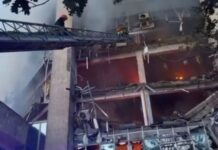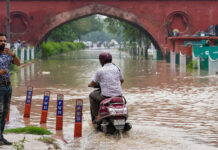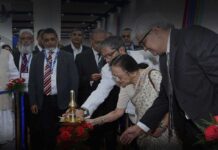DGCA: New Delhi: In an effort to prevent frequent accidents in the challenging Himalayan region, pilots flying helicopters in the area will now undergo specialised training based on a new set of rigorous regulations, according to India’s aviation regulator. The Directorate General of Civil Aviation (DGCA) has introduced additional measures this year to ensure the safety of operations, following previous incidents, including a fatal crash near the Kedarnath shrine in Uttarakhand, which claimed the lives of 6 pilgrims and the pilot in October of the previous year.
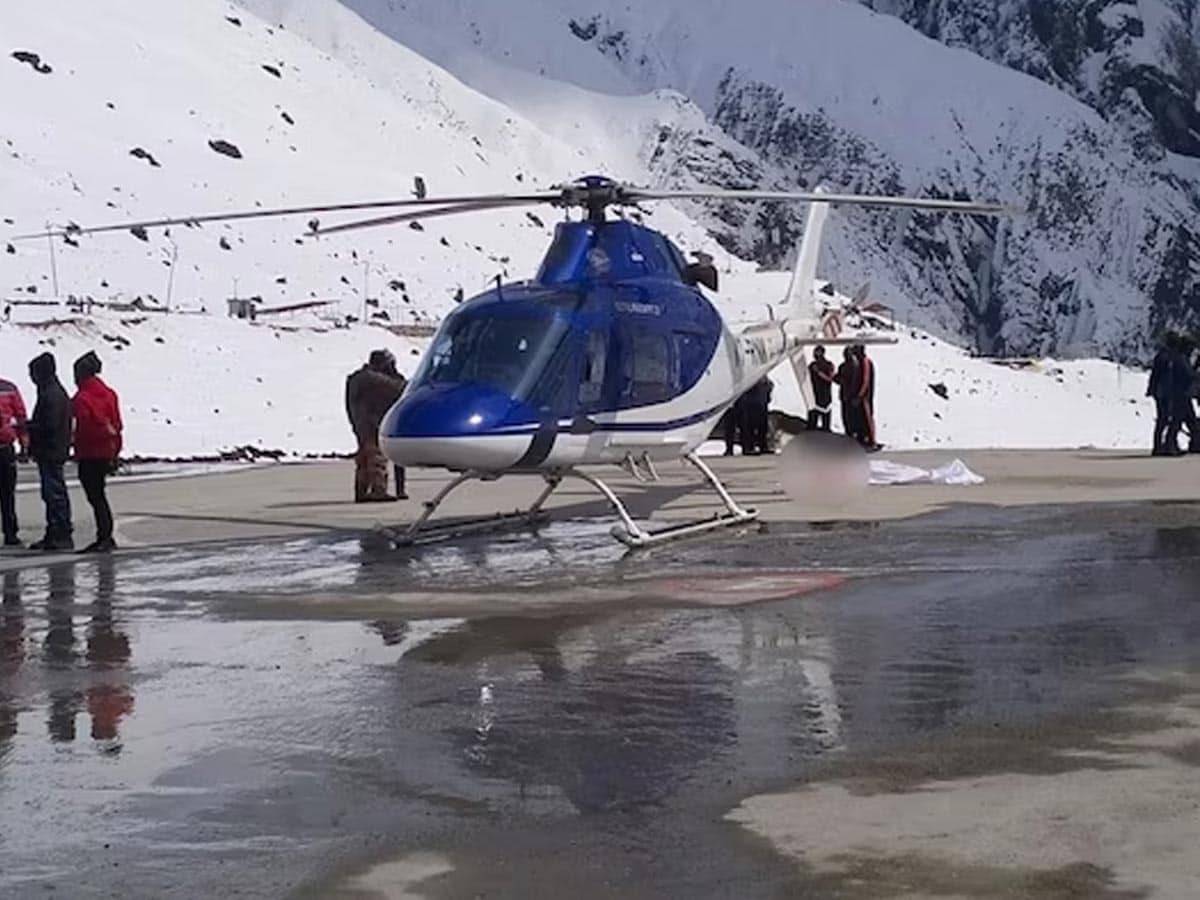 Addressing the recurring concern of flight safety in hilly areas, the Kedarnath region alone has witnessed at least nine helicopter crashes between 1990 and 2019. In June 2013, during the Kedarnath tragedy, three helicopters crashed while conducting rescue operations, resulting in the tragic loss of 23 lives, including Indian Air Force personnel. Another helicopter crash occurred in July 2013, when a private chopper went down shortly after taking off from flood-hit Kedarnath, resulting in the deaths of the pilot and co-pilot. In April 2018, an Indian Air Force cargo helicopter caught fire during landing in Kedarnath, resulting in one fatality and three injuries.
Addressing the recurring concern of flight safety in hilly areas, the Kedarnath region alone has witnessed at least nine helicopter crashes between 1990 and 2019. In June 2013, during the Kedarnath tragedy, three helicopters crashed while conducting rescue operations, resulting in the tragic loss of 23 lives, including Indian Air Force personnel. Another helicopter crash occurred in July 2013, when a private chopper went down shortly after taking off from flood-hit Kedarnath, resulting in the deaths of the pilot and co-pilot. In April 2018, an Indian Air Force cargo helicopter caught fire during landing in Kedarnath, resulting in one fatality and three injuries.
To enhance safety in operations to helipads at high altitudes, the DGCA has implemented an additional hill check for pilots. This measure ensures that pilots operating at such heights are trained and tested for safe operations in challenging conditions, ultimately strengthening safety protocols. The Char Dham Yatra, a popular pilgrimage to four Hindu shrines in Uttarakhand, including Kedarnath, occurs annually between May and September. These shrines are situated at high altitudes where weather conditions can change rapidly.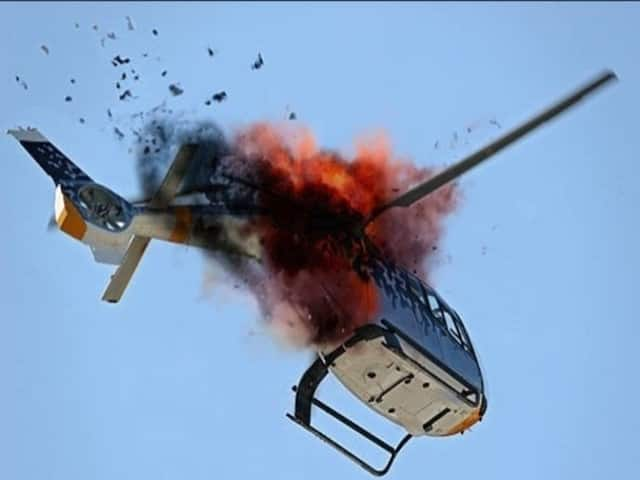
Strengthening Safety Measures: Specialized Training Introduced for Himalayan Helicopter Pilots
Notably, the current year has witnessed a substantial increase in the number of pilgrims undertaking the Yatra, with approximately 4,200 shuttle flights transporting around 23,000 passengers from April 25 to May 19. However, adverse weather conditions have prevailed during this initial period, posing additional challenges compared to previous years.
Uday Gelli, President of the Rotary Wings Society of India, emphasised the significance of the hill check, stating that operating helicopters at high altitudes requires specialised skills due to the declining air density. Handling take-offs and landings under such circumstances demands exceptional expertise. Pilots flying at maximum permissible weights in these altitudes are susceptible to errors without adequate high-altitude flying experience. Therefore, the introduction of the hill check is a positive step toward ensuring the proficiency of pilots operating above 10,000 ft.
Gelli further emphasised the importance of refresher training for pilots with limited recent experience at high altitudes, recommending their engagement with experienced and current pilots to update their skills. Merely having flown in high altitudes in the past does not guarantee proficiency, as aviation practices and technologies evolve over time.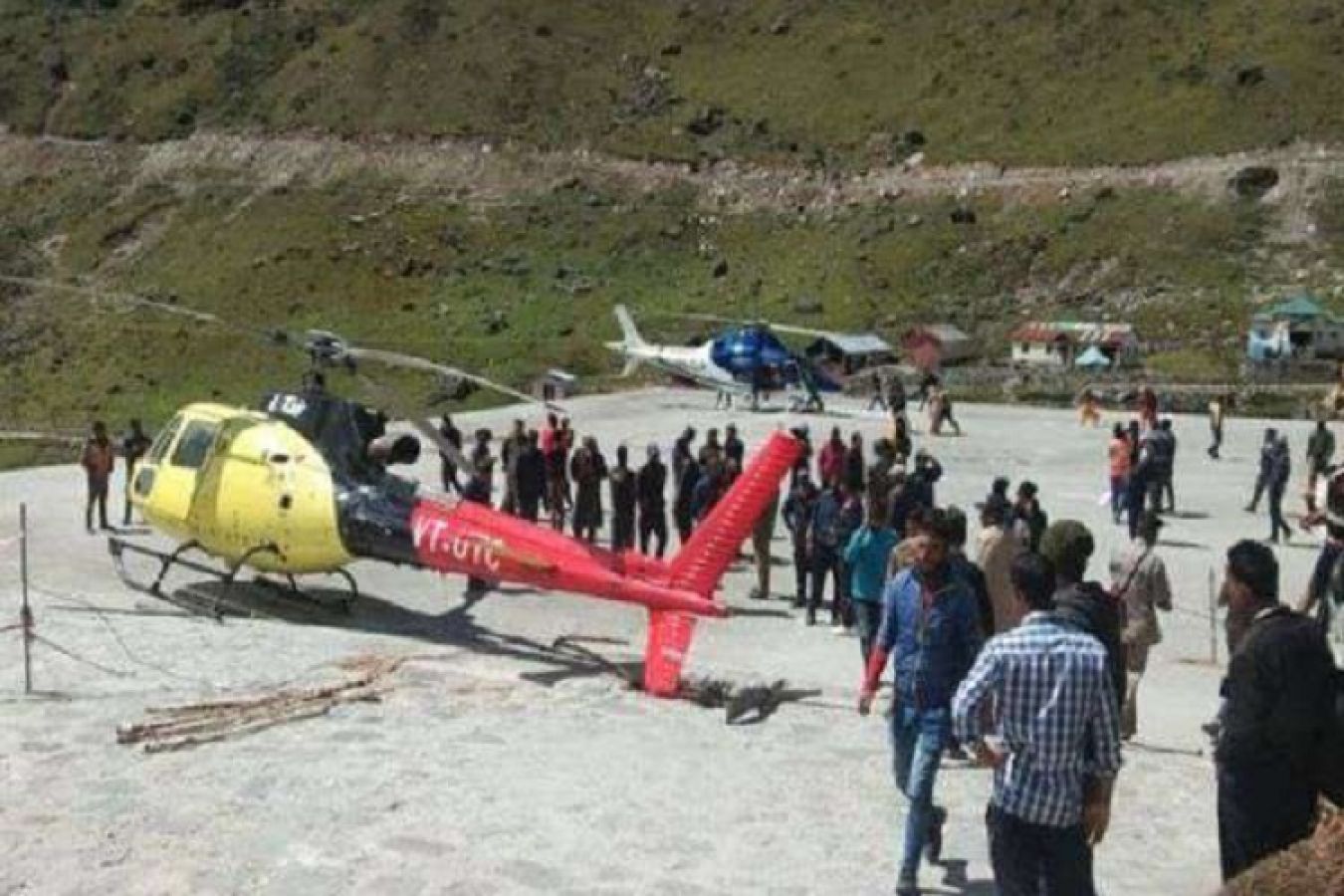
Additionally, the DGCA has made it mandatory for helicopters equipped with the Activation of Airborne Image Recording System (AIRS) to utilize this feature. AIRS records various flight parameters, instrument indications, and cockpit visuals through video recording and GPS data. Activating this system enables post-flight analysis, ensuring compliance with standard operating procedures and enhancing safety protocols. However, it is important to note that not all helicopters possess this system.
This year’s Kedarnath pilgrimage commenced on April 25, with helicopter shuttle services provided by seven approved operators. The DGCA conducted inspections from April 20 to 23 to assess the readiness and compliance of these operators. To maintain oversight and ensure ongoing adherence to safety regulations, the regulator plans to conduct spot checks throughout the pilgrimage season. Unannounced visits by DGCA inspectors will verify compliance with standard operating procedures and relevant regulations, fostering a higher level of safety in flying operations.
Promoting Safe Operations: DGCA’s Additional Hill Check for Pilots in High-Altitude Helicopter Operations
To further enhance safety and monitor air operations closely, the Uttarakhand government, in collaboration with the DGCA, has installed nine CCTV cameras around each helipad from Guptkashi to Kedarnath in the Rudraprayag district.
These comprehensive measures, including specialised training, additional checks, and the utilisation of advanced recording systems, demonstrate the DGCA’s commitment to improving safety standards in Himalayan helicopter operations. By addressing the unique challenges posed by the region’s terrain and weather conditions, these initiatives aim to prevent accidents and ensure a secure and successful pilgrimage experience for all traveler.
New Delhi: In a concerted effort to reduce the occurrence of accidents in the challenging Himalayan region, pilots flying helicopters in the area will now undergo specialised training based on a new set of rigorous regulations, as per India’s aviation regulator. The Directorate General of Civil Aviation (DGCA) has introduced additional measures this year to ensure the safety of operations following previous incidents, including a fatal crash near the Kedarnath shrine in Uttarakhand, which resulted in the loss of six pilgrims and the pilot’s life in October of the previous year.
Recognising the recurring concern of flight safety in hilly areas, the Kedarnath region alone has witnessed at least nine helicopter crashes between 1990 and 2019. In June 2013, during the Kedarnath tragedy, three helicopters crashed while conducting rescue operations, resulting in the tragic loss of 23 lives, including Indian Air Force personnel. Another helicopter crash occurred in July 2013, when a private chopper went down shortly after taking off from flood-hit Kedarnath, resulting in the deaths of the pilot and co-pilot. In April 2018, an Indian Air Force cargo helicopter caught fire during landing in Kedarnath, resulting in one fatality and three injuries.
To enhance safety in operations to helipads at high altitudes, the DGCA has implemented an additional hill check for pilots. This measure ensures that pilots operating at such heights are adequately trained and tested for safe operations in challenging conditions, ultimately strengthening safety protocols. The Char Dham Yatra, a popular pilgrimage to four Hindu shrines in Uttarakhand, including Kedarnath, takes place annually between May and September. These shrines are situated at high altitudes where weather conditions can change rapidly.













